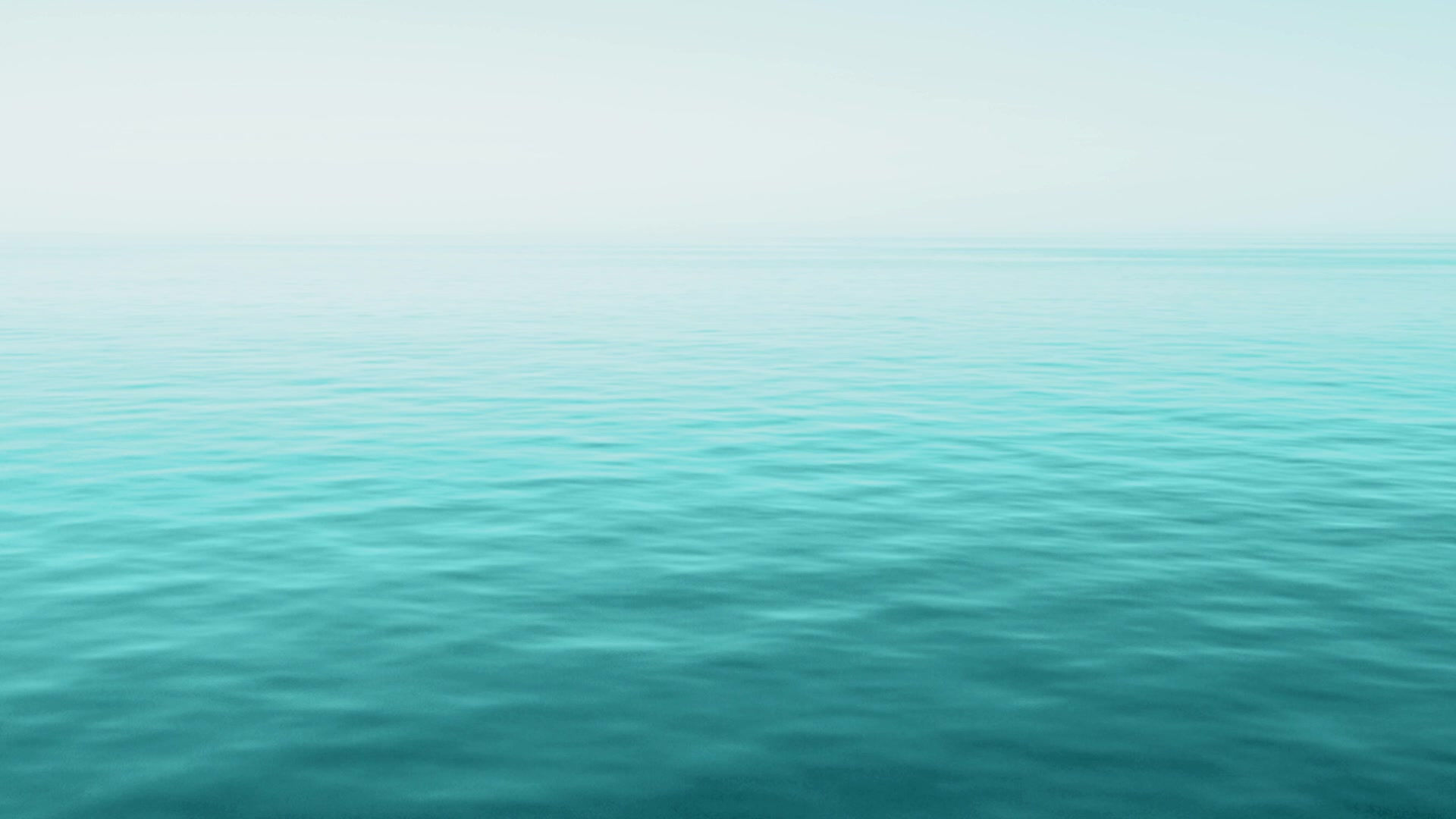
svparamita.ca
How PARAMITA came to be:
We had our first sailboat, EXIT ONE custom built in steel in 1977; we owned this 37 foot Robert Dufour designed cutter for 18 years, sailing her extensively in the Pacific Northwest and eventually
for eight years with our children to Australia. By 1994 I sailed that boat back home to BC, sometimes with crew, but singlehanding the toughest section from Tonga to Hawaii as crew was too smart to come along that trip.
In Australia an extensive refit, including new water tanks, complete change of ballast (!), changing the rudder to a balanced design resulted in much better sailing performance.
In 1996 EXIT ONE was sold, but being boat-less became intolerable...
So we started looking all over the world for a boat that would reflect all we had learned in nearly two decades of owning and cruising a steel boat. No luck...
The concept:
The new boat had to be built of HSLA steel, comfortable in both the tropics and the arctic with insulation working equally well in both extremes. She had to be cutter rigged for simplicity, easily singlehanded, with a large aft cockpit, a long waterline ensuring a good turn of speed and easy motion at sea, uncluttered decks, dependable diesel with exceptional tankage for the Northwest Passage, and an open, airy interior.
American naval architect Chuck Paine's design, the APOGEE 50, came closest to our vision, but this design was owned by the builder Able Yachts and not available to us.
Bruce Roberts had just come out with new CAD designs, of which the New York 46 was even more to our liking - except we wanted 46 feet on the waterline. So we phoned Bruce, bought the full size plans and increased the designed frame spacing by 6.9%, resulting in the boat becoming just short of 50 feet, 51' OA, 46' WL, - in other words: stretching the lines while keeping the beam unchanged at 13'2".
The result:
In the 22 years since PARAMITA has been launched she has surpassed all our expectations; she sails very well, is easily balanced on all points of sail - even downwind she requires very little attention; she is seakindly with an easy, soft motion, and is very forgiving. As we kept her original sailplan of the 46 she may - at 50' - be slightly undercanvassed - but that means she can carry her sail easily. However, in light winds PARAMITA surprises even in the slightest zephyr.
Her strong construction of HSLA steel, her practical open interior and large cockpit proved to be confidence inspiring and comfortable.